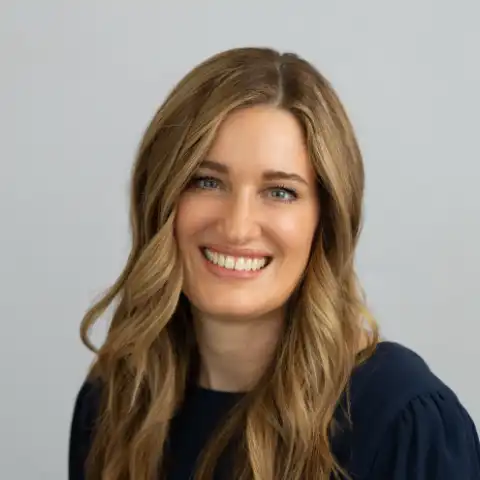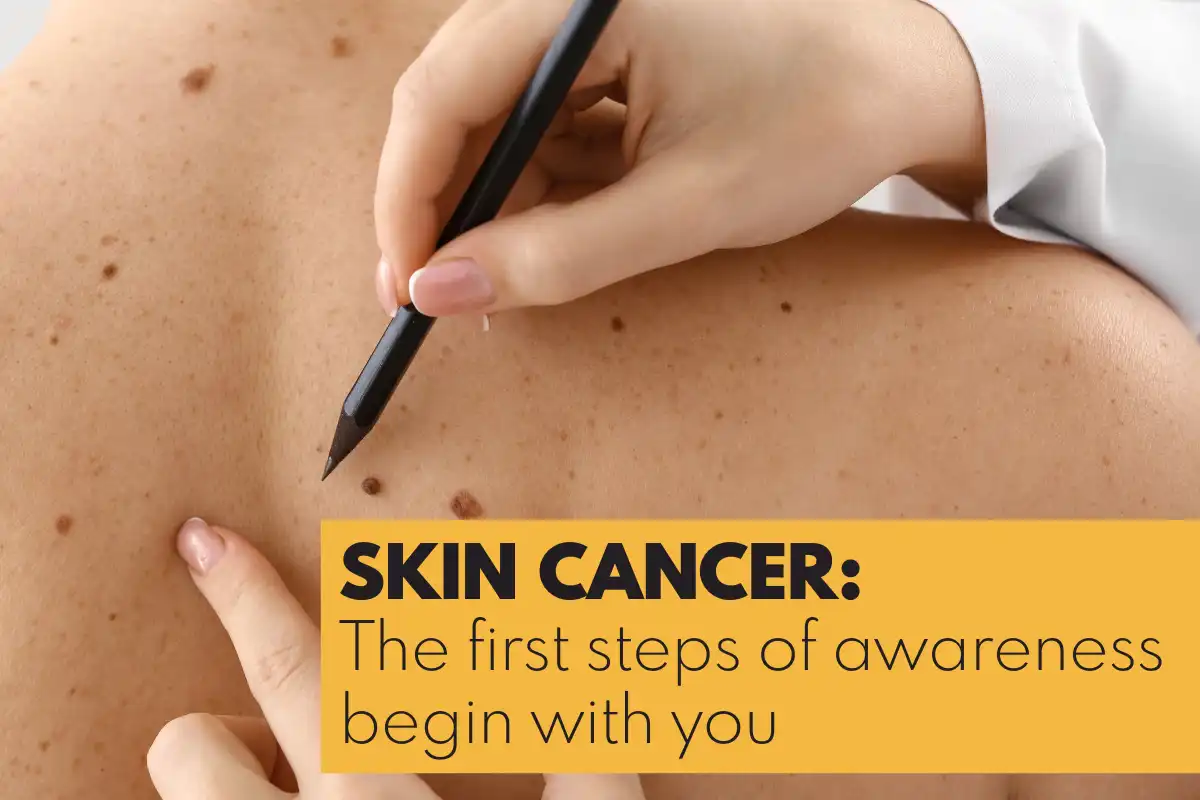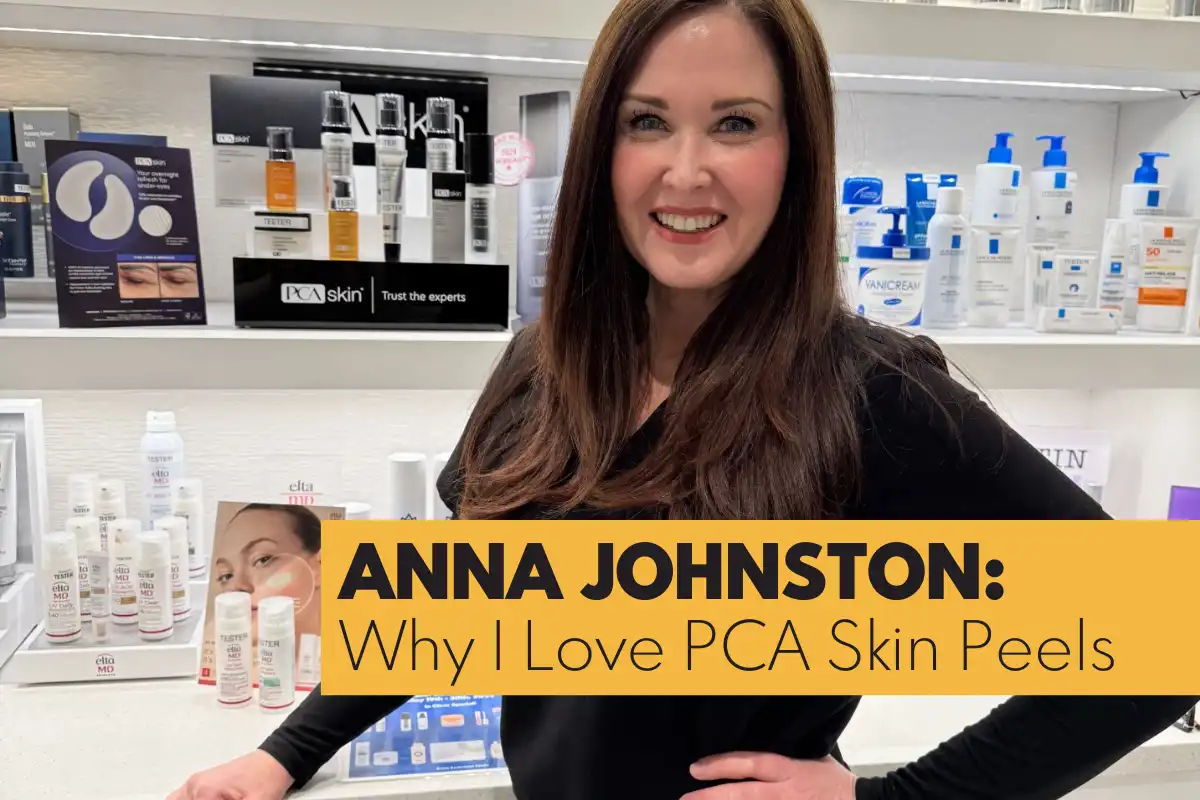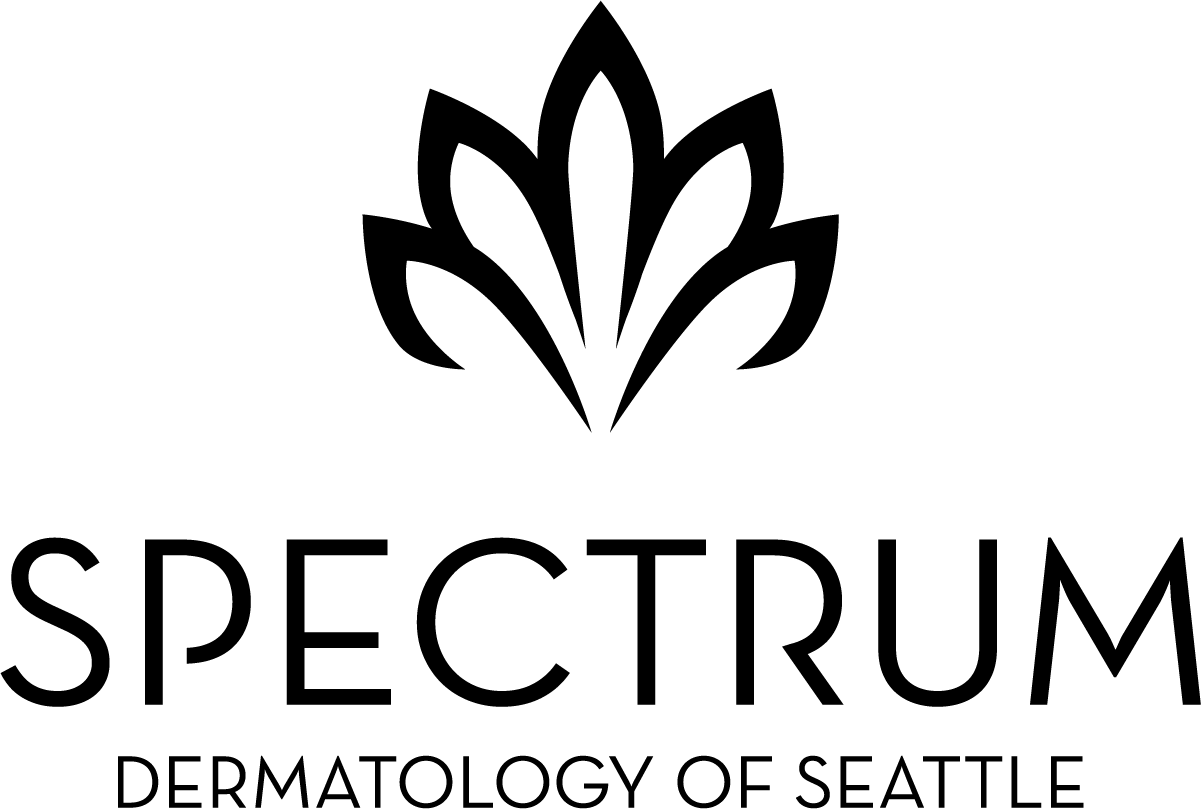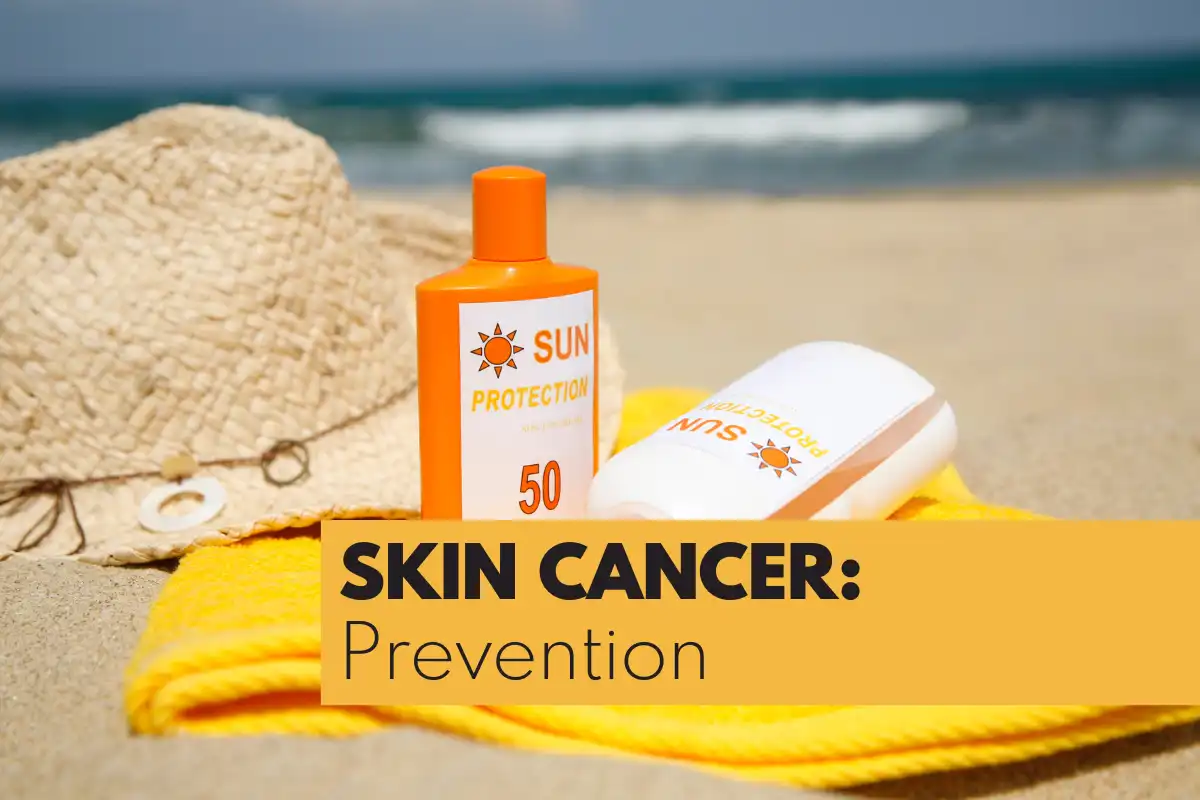
Good sun protection practices reduce radiation damage to the skin, therefore reducing the risk of skin cancer, as well as reducing photoaging in the form of wrinkles and brown spots. To be most effective, sun safety should be practiced year-round, at all ages. It's never too early or late to start good sun safe habits.
Sun safety begins with avoidance
Sun safety starts with sun avoidance - reduce time in the direct sun to reduce risk. This means seek shade and avoid outdoor activities during the midday hours when UV radiation is strongest. Cover skin with clothing, UV protective if possible, and wear broad-brimmed hats, and sunglasses.
Wearing sunscreen every day
Wear sunscreen every day. The kind of sunscreen used and the way it is applied are important details that affect the benefit, but consistent use is even more important. I believe in a sunscreen wardrobe. If you have only one sunscreen you like and you wear it every day, that's great. Some people like to have different sunscreens for daily wear, for beach days or exercise, and even for different areas of their body. Sunscreens come in lotion, cream, powder, stick, spray, and balm. They come in clear, and in a variety of different tints.
Wearing sun protective clothing
Cover skin with clothing. Sun protective clothing is rated using Ultraviolet Protection Factor or UPF. This rating in from UPF 15 – UPF 50+. UPF 15 blocking 93% of UV radiation and UPF 50+ blocking 97% of UV radiation or more. We strongly recommend a UPF 50+ which is no surprise. UPF rated fabric is a tighter weave, with some fabric being treated with UV inhibiting agents, darker colors tend to block better, but both light and dark decrease protection when wet. With the increase in cases of skin cancer on the rise, the availability of more fashionable sun protective clothing is also more available. Look on the tag if your clothing is UPF rated, ever better if it has a Seal of Recommendation from the Skin Cancer Foundation.
Do not use indoor tanning beds
Skin cancer prevention cannot be discussed without addressing the dangers of indoor tanning. Indoor tanning increases the risk of all types of skin cancer with a dose-response relationship: the more tanning bed use, the higher the risk. And the cancer may be long delayed past the time of discontinuing tanning bed use. So, tanning in your 20s increases your risk of cancer for life. A single tanning session before the age of 35 increases one’s lifetime risk of melanoma by 75%. That risk increases with the years of use, number of sessions, and a total time exposed. Tanning beds can be 10 times stronger than the sun. UV-induced tanning is the direct result of cellular and DNA damage, so there is no “safe” tanning. In 2009, the World Health Organization classified UV tanning beds as Class 1 carcinogens, the highest risk category. 44 states have laws that prohibits minors under the age of 18 from using tanning beds. Washington state adopted this law in 2014. Don’t use them.
